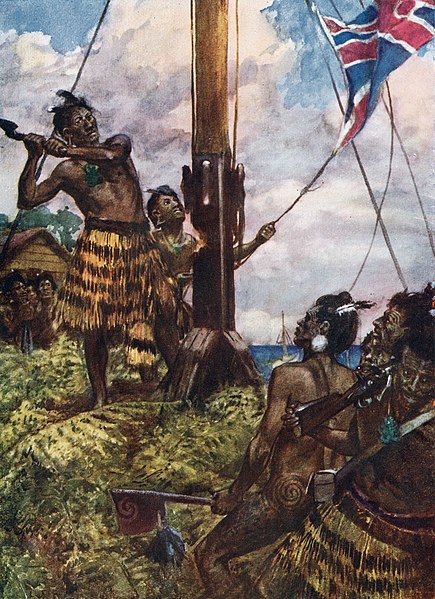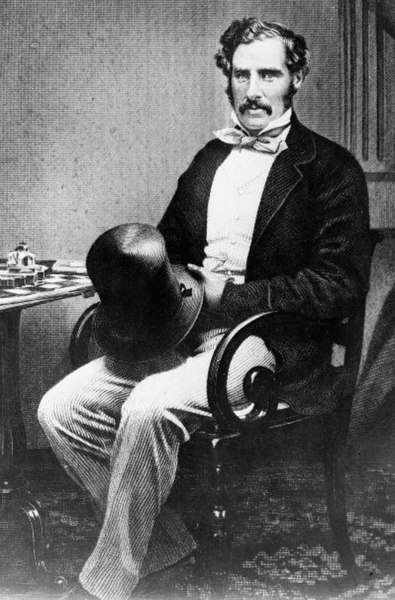The Invasion of the Waikato became the largest and most important campaign of the 19th-century New Zealand Wars. Hostilities took place in the North Island of New Zealand between the military forces of the colonial government and a federation of Māori tribes known as the Kingitanga Movement. The Waikato is a territorial region with a northern boundary somewhat south of the present-day city of Auckland. The campaign lasted for nine months, from July 1863 to April 1864. The invasion was aimed at crushing Kingite power and also at driving Waikato Māori from their territory in readiness for occupation and settlement by European colonists.
The campaign was fought by a peak of about 14,000 Imperial and colonial troops and about 4,000 Māori warriors drawn from more than half the major North Island tribal groups.

Ngāti Maniapoto survivors of the war, at the jubilee gathering on the battlefield of Orakau, 1 April 1914. All but Hekiera shared in the defence of Orakau pa, and fought through to the Puniu River in the retreat.
Chart from the medical and surgical journal of A. B. Messer, assistant surgeon aboard HMS Curacoa
Proclamation requiring Māori to take an Oath of Allegiance, 9 July 1863
Lieutenant-General Duncan Cameron, commander-in-chief of British forces in New Zealand, 1863–65
The New Zealand Wars took place from 1845 to 1872 between the New Zealand colonial government and allied Māori on one side, and Māori and Māori-allied settlers on the other. They were previously commonly referred to as the Land Wars or the Māori Wars, while Māori language names for the conflicts included Ngā pakanga o Aotearoa and Te riri Pākehā. Historian James Belich popularised the name "New Zealand Wars" in the 1980s, although according to Vincent O'Malley, the term was first used by historian James Cowan in the 1920s.
Memorial in the Auckland War Memorial Museum for all who died in the New Zealand Wars. "Kia mate toa" translates as "fight unto death" or "be strong in death", and is the motto of the Otago and Southland Regiment of the New Zealand Army. The flags are the Union Jack and the flag of the Māori defenders of Gate Pā.
Hone Heke cuts down the flagstaff on Flagstaff Hill at Kororāreka.
Governor (and later Premier) Sir George Grey in the 1860s.
The gunboat Pioneer at Meremere during the Invasion of the Waikato.








